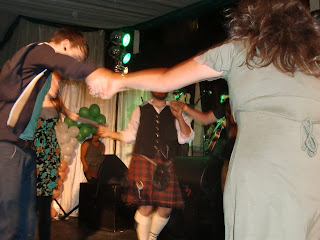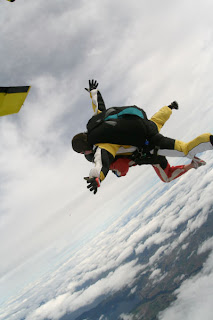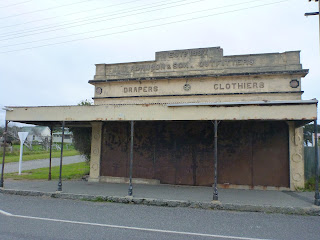
Our first couple of days was a blur of dusty sunshine, 1 liter bottles of beer, language problems and stubborn body clocks.
We lusted after Cerro Santa Lucia, a city park crowned by a soaring system of staircases, fountains and towers with smog-filtered views of the urban jungle and the Andes beyond; we played food lottery (as we didn't understand restaurant menus) on small tables perched on bustling pavements; we walked, watery-eyed, though the hot streets of the city, stumbling upon cathedrals and narrow lanes leading nowhere.

Soon, Med and Chris headed to the coast for a week of surf and cervezas (beers) so, before I knew it, I was on my own, in a city I didn't know, unable to string more than two words together in Spanish. I was alone in the urban jungle and would be eating papas fritas for days on end if I didn't do something about it.
Over the next two days, I cemented my first South American friendships over asados (Chileno BBQs), pisco (traditional grape brandy), a U2 tribute band (for St.Patricks Day) and salsa clubs. I grappled with my first few words of Spanish and I managed to book myself onto a two week course in Latino Spanish. No more papas fritas for me!

But first, I had to learn to walk to the rhythm of the city. It is an endless maze of towering apartment blocks, delicate church spires and colourful residential areas. Most surprising of all are the ever-present Andes which, in the dense smog of a working day were all but invisible, their snowcapped peaks strangely detached like wisps of cloud against a dim blue sky.
Research tells me it's thermal inversion (a meteorological phenomenon whereby a stable layer of warm air holds down colder air close to the ground) that causes high levels of smog and air pollution to be trapped within the valley. My eyes and throat tell me to get out of the city to the fresh air of the mountains, but something is keeping me here, beckoning me to stay.
Perhaps it's the stunning architecture of some of the city’s buildings – the Museo de Bellas Artes, the Ex-Congreso Nacional, the heart-stopping Palacio de la Moneda and the surprising Bolsa de Comercio (far too beautiful to be a stock exchange) – little slices of Barcelona, Paris or Rome peeking out over the bells of tiny churches and ugly office blocks.

Then there's Plaza de Armas, the main square that seems to change it's characters, props and scenery to put on a new "performance" on an almost daily basis. On a bandstand at one end there are dozens of tables crammed full of old men stooped over chess games, a picture of concentration amid a flurry of activity.
Across the square, shoeshine boys (and men) taut for business; a comedian is surrounded by a hysterical crowd; tarot card readers are poised serenely over desks covered in red cloth; and artists fuss over exhibitions of varying quality.
There were some bizarre scenes too: moth-eaten toy ponies being ridden by children posing for photographers; a group of students dressed up on their way to an anti-government protest; hundreds of pigeons perching wing-to-wing on the roof of a sweet stall; and an information point on wheels that zips about the square far too fast to be of any help. Amid the chaos, church bells chimed and middle-aged men snored on benches. Yet somehow, everywhere I walk, people look at me as if I'm the strange one.

I was finally living my dream of being in South America. I had new friends. I was once again the obvious stranger in any crowd. I was finally adventuring again. For 2 and a half weeks, I would be living here in Santiago among life-size toy horses and a thousand curious eyes.



 Med set about digging our little space (I was on the phone to family at home, so I "accidentally" avoided all the hard work) right by the cool, lapping seawater. We then set about wallowing in the really hot water in the early morning sunshine, watching other bathers in various stages of doing the same. This was genuinely the first bath I have had since leaving home in August, and it was bliss!
Med set about digging our little space (I was on the phone to family at home, so I "accidentally" avoided all the hard work) right by the cool, lapping seawater. We then set about wallowing in the really hot water in the early morning sunshine, watching other bathers in various stages of doing the same. This was genuinely the first bath I have had since leaving home in August, and it was bliss!










 The crossing passes over the volcanic terrain of the multi-cratered, active volcano, Mt Tongariro, and also passes the eastern base of Mt Ngauruhoe. We heard it was a bit like landing on the moon, and I felt very under prepared!
The crossing passes over the volcanic terrain of the multi-cratered, active volcano, Mt Tongariro, and also passes the eastern base of Mt Ngauruhoe. We heard it was a bit like landing on the moon, and I felt very under prepared!





























